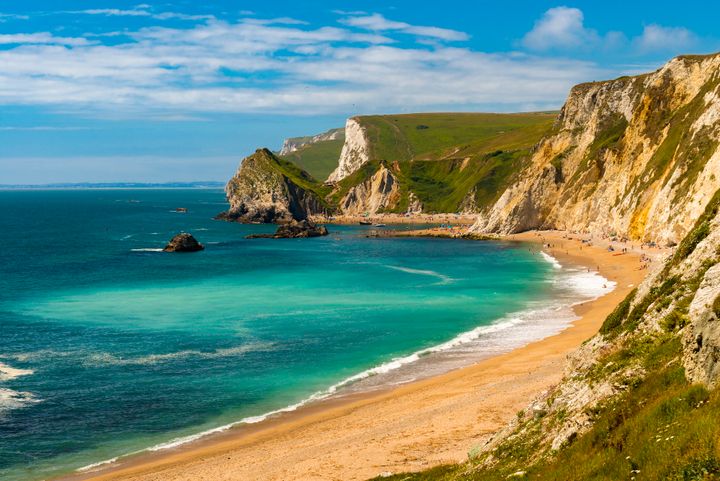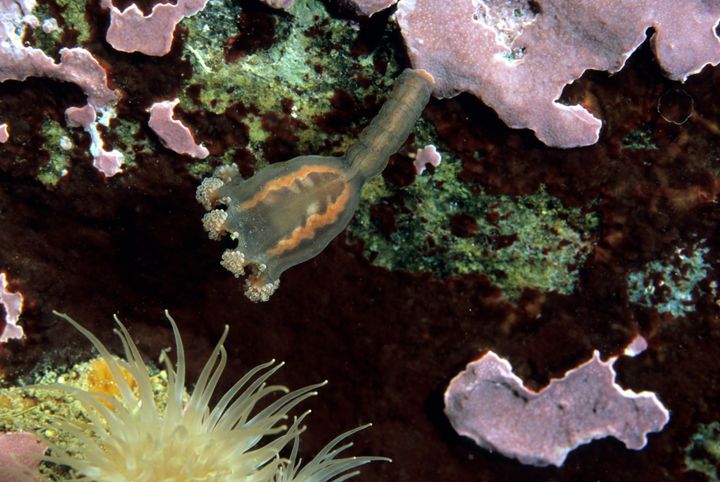
Hundreds of miles of coastline in the UK could become protected zones in a bid to save rare sea life and threatened marine habitats.
The UK government wants to create 40 marine conservation zones across England’s coastline the equivalent to almost 7,500 square miles.
The proposed ‘bluebelt’ zones, which are subject to a six week consultation, will ban “damaging” activities such as dredging for sea life in order to allow marine habitats to be restored.
Similarly to greenbelt areas in the UK, where building is banned, the zones will also block “significant” offshore and coastal development.
The move will also protect species including the short snouted seahorse, stalked jellyfish and peacock’s tail seaweed.

There are already 50 bluebelt zones around England. In total, if approved, around 136,000 square miles – two fifths of the UK coast - will be protected.

“Our waters hold some pretty spectacular sea life – for now,” wrote Tory MP Henry Smith, in a blog for HuffPost UK. “These Marine Conservation Zones will prevent or restrict new activities deemed damaging to the sea life within them.”
Environment Secretary, Michael Gove, said: “The UK is surrounded by some of the richest and most diverse sea life in the world. We must protect these precious habitats for future generations.”